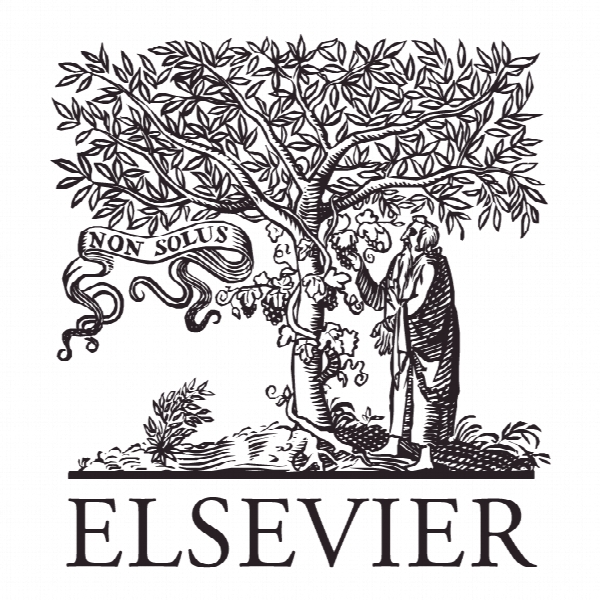رفتار لرزه ای ستون های بتنی تقویت شده توسط خاموت های پوسیده و پیش بینی کشش جانبی Experimental study on seismic behaviors of concrete columns confined by corroded stirrups and lateral strength prediction
- نوع فایل : کتاب
- زبان : انگلیسی
- ناشر : Elsevier
- چاپ و سال / کشور: 2018
توضیحات
رشته های مرتبط مهندسی عمران
گرایش های مرتبط سازه، زلزله
مجله ساخت و ساز و مصالح ساختمانی – Construction and Building Materials
دانشگاه Xi’an University of Science and Technology – China
منتشر شده در نشریه الزویر
کلمات کلیدی انگلیسی Corroded stirrup, Low reversed cyclic loading, The key parameter, Seismic performance, The axial-shear-flexure interaction, approach
گرایش های مرتبط سازه، زلزله
مجله ساخت و ساز و مصالح ساختمانی – Construction and Building Materials
دانشگاه Xi’an University of Science and Technology – China
منتشر شده در نشریه الزویر
کلمات کلیدی انگلیسی Corroded stirrup, Low reversed cyclic loading, The key parameter, Seismic performance, The axial-shear-flexure interaction, approach
Description
1. Introduction Traditional architectural design and construction management systems consider each stage of building separately. In many structures, this results in serious defects, poor performance, low durability, and short service life among other things. Consistent with the life-cycle concept, estimates of durability and residual life have become an important research area of structural engineering [1–4]. Due to long-term effects of carbonation, freeze-thaw cycles, and other factors, reinforcements in concrete structures will exhibit different degrees of corrosion damage, which leads to degradation of structural bearing capacity and ductility, and serious corrosion will threaten the security of a structure. Therefore, the degradation of concrete structures due to corrosion cannot be ignored. Progress has been made in the study of the seismic performance of reinforced concrete columns subject to corrosion [5–7]. Corrosion in the joint part of the stirrups and their transverse reinforcement is rather serious, but the effect of stirrup corrosion has been ignored. Not only does the established restoring force model not introduce the parameters of stirrup corrosion, but the preexisting analysis of the mechanism of the decline in seismic performance after stirrup corrosion has not been carried out. After a stirrup corrodes, its mechanical performance and confinement of the core concrete and transverse reinforcement decline, which leads to a decrease in the bearing capacity and stiffness of reinforced concrete columns and a change in the failure pattern from ductile fracture to brittle failure, which could even lead to the sudden collapse of a structure. Therefore, the degradation effect of stirrup corrosion on the bearing capacity of reinforced concrete columns is greater than that of the corrosion of transverse reinforcement. The study of the influence of stirrup corrosion on mechanical performance of concrete columns has just begun, and research on the decline in the seismic performance of concrete columns confined by corroded stirrups has not been carried out. In this paper, low-reversed cyclic loading tests have been carried out for eight corroded reinforced concrete columns to study their mechanical characteristics and failure mechanisms. The influence on seismic performance indicators such as bearing capacity, hysteresis characteristics, ductility, strength degradation, stiffness degradation, and energy dissipation have been analyzed comparatively using parameters such as stirrup diameter and stirrup spacing. A lateral strength-prediction method is proposed for reinforced concrete columns confined by corroded stirrups.


